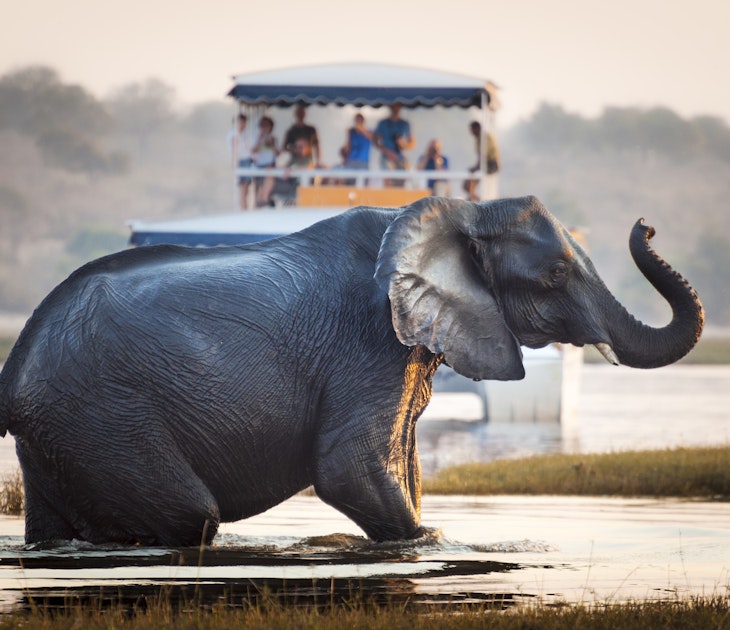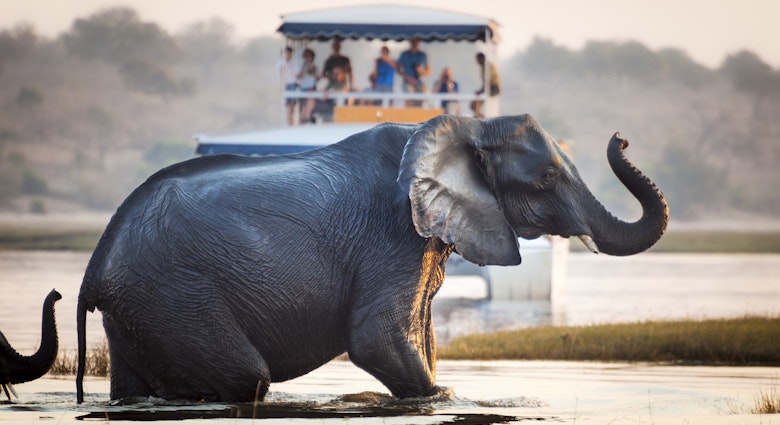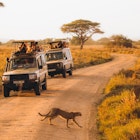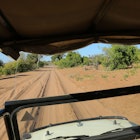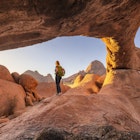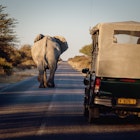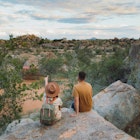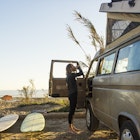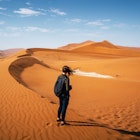Vast and sparsely populated, Namibia is full of otherworldly desert landscapes and wildlife that has adapted to some of the harshest conditions on the planet.
Its well-maintained roads, good tourism infrastructure and magnificent desertscapes make the country a fine destination, whether for adventurers, families or anyone with an interest in the offbeat.
While touring around is generally relatively predictable and hassle-free, here are a few tips to consider when planning your travels.

1. Self-drive is one of the best ways to explore
Namibia has a handful of tarmac roads and an extensive network of mostly well-maintained gravel roads. These, combined with excellent camping facilities countrywide and the availability of fully equipped rental vehicles make self-drive itineraries straightforward to arrange. A lack of public transportation to many of the country’s most interesting areas also means self-drive is the most practical way to visit many places.
2. Budget for a 4WD with high clearance and allow plenty of time for your itinerary
When exploring, you’ll almost certainly have to leave the tarmac and it’s well worth budgeting extra for a 4WD rental with high clearance. While sedan-style vehicles will handle main routes, the extra traction and height offered by 4WD vehicles will make Namibia’s long distances and rough surfaces much more comfortable. The extra tire and windscreen coverage offered by most insurance companies (or a more economical alternative arranged before travel to cover the excess) is also well worth it.
Whatever type of vehicle you use, be sure to allow plenty of time. Namibia journeys invariably wind up taking longer than expected – if for no other reason than that you’ll want to stop frequently for photos. When calculating your routes, 80kph (50mph) is considered the maximum safe speed on gravel routes, with 50kph (30mph) or less more realistic in remote areas such as the northwest.
3. Drives are almost always traffic-free
…and actually free of pretty much everything. Namibia’s beauty is in its sparseness and sense of space, and you’ll have plenty of time to enjoy this. It’s common to drive for hours without seeing another vehicle: just you, the occasional oryx, and magnificent, open panoramas stretching in all directions to the horizon. Bring along extra water and food, and tank up on fuel whenever you get the opportunity. If you’re traveling with younger children, bring along snacks and amusements to keep them busy, and try to build in days with no or only minimal driving.
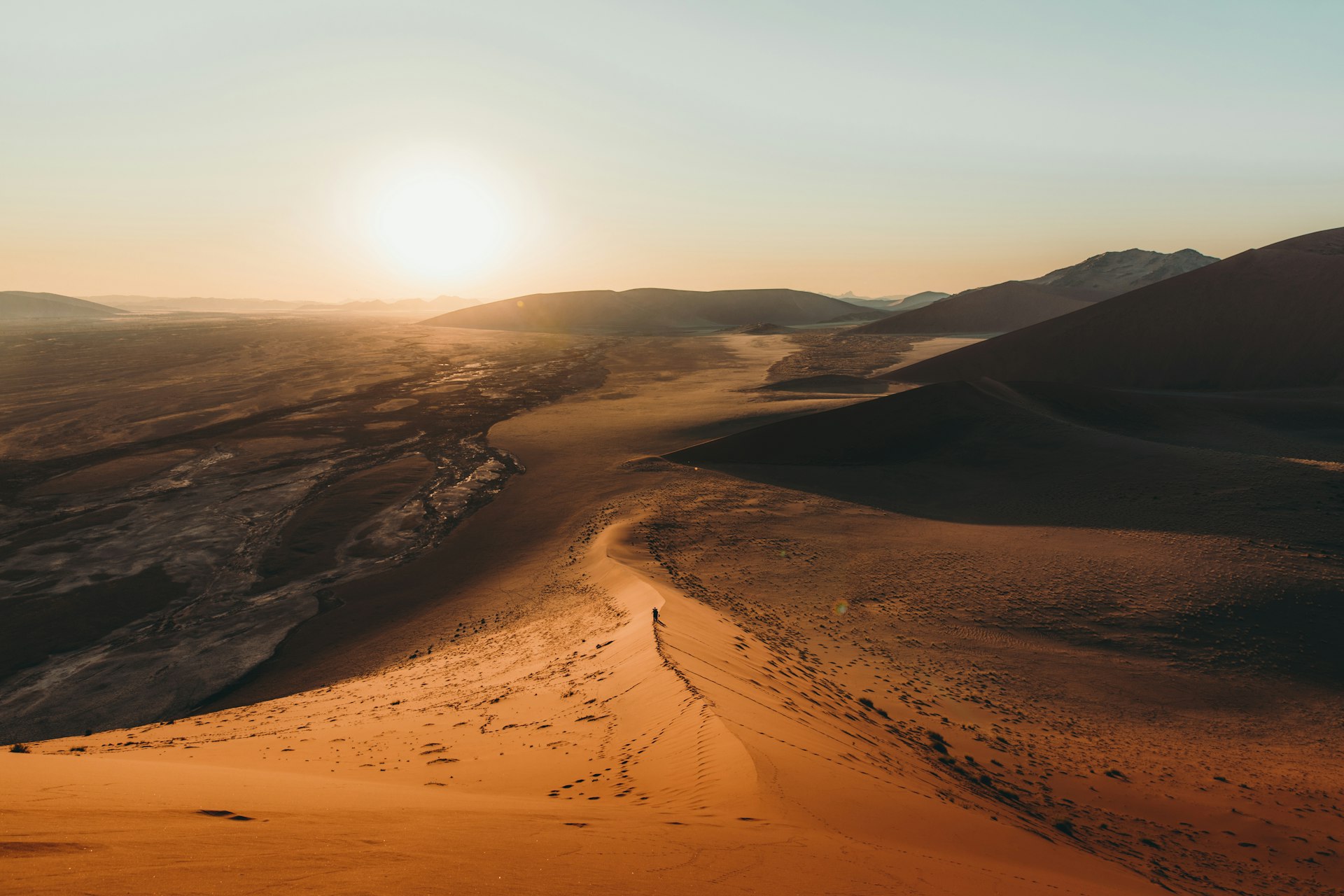
4. Most nationalities don’t need a tourist visa
Most nationalities don’t need a visa to enter Namibia for itineraries of less than 90 days. Instead, you’ll be given a free Visitor’s Entry Permit on arrival, with the validity tailored to your stated itinerary (so it’s best to request a few extra days at the outset if there’s a chance you will extend your travels). Check your passport to make sure it is valid for at least six months beyond your intended stay and that it has sufficient blank pages for entry and exit stamps.
5. Landscapes may look empty and barren, but there is plenty of life
Etosha National Park is Namibia’s main wildlife-viewing destination, but creatures big and small are everywhere, from tiny beetles to desert-adapted elephants and rhinos. Namibia’s wild Atlantic shoreline is home to thousands of Cape fur seals and large flocks of flamingos, and colorful fields of lichen and ancient Welwitschia mirabilis plants dot the desert.
Learning about the adaptations that allow these plants and animals to thrive in such harsh environments is one of the most fascinating aspects of travel in Namibia. If you’re camping, rooftop tents – which can be arranged together with your vehicle rental – are ideal for raising you above the wildlife.

6. You will need to pack a jacket
Namibia boasts an average of 300 days of sunshine per year, with high temperatures, no matter the season. Expect daytime temperatures to reach 40°C (104°F) in the summer, and to hover around 25°C (77°F) during the winter. At night in highland areas, such as around Windhoek, temperatures frequently drop to freezing in the coldest months of June to August. At any time of year, a light jacket comes in handy for chilly early mornings and evenings.
The coast and the Namib desert are the driest areas of the country, and in some places, such as Skeleton Coast National Park, years can pass between rains. Instead, the cold Benguela current running up the coast brings dense, life-giving fog that rolls in many mornings, carrying precious water droplets to lichen and desert-dwelling creatures. The rainiest part of the country is the northeast, which is laced with waterways and receives an average of 50 to 60cm (20 to 23.5 inches) of rainfall per year, mostly falling between January and March.
7. Namibia is a healthy destination
Yellow fever vaccine is only required if you’ll be arriving from a country with a risk of yellow fever transmission. Check with the CDC or similar international health entities for the latest requirements. Tap water is safe to drink in Namibia’s major towns, although most visitors prefer buying purified water. Large 5L jugs are readily available for refilling water bottles. Malaria is only considered to be a risk when visiting the north and northeast regions of Namibia during the wet season from December to March.
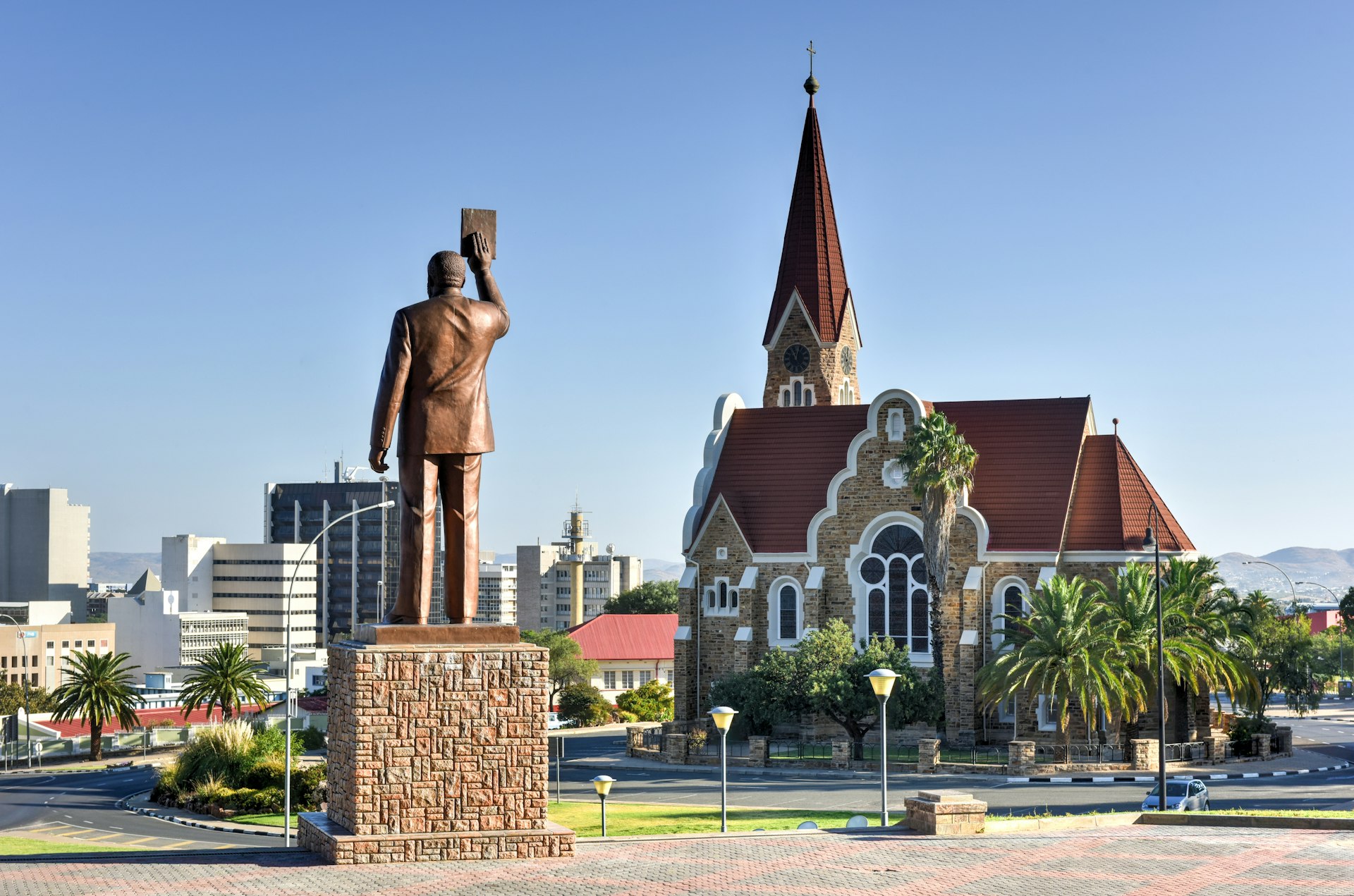
8. Stay vigilant of your belongings, especially when visiting cities
Namibia is a peaceful, stable country, but there are great income disparities. Stay aware of your surroundings and keep an eye on your possessions, particularly when exploring Windhoek and other town centers where pickpockets may target foreign tourists. Beware of scams, such as someone trying to divert your attention while an accomplice snatches your bag or phone.
Keep your doors locked while driving in the city and don’t leave anything of value in the car when parking. When paying by credit card, keep your card in full view to avoid the risk of cloning. On city streets and in parking lots, it’s worth making use of the parking attendants who will offer to watch your vehicle. A tip of about N$10 is expected.
9. Ask your hotel to recommend reputable private taxi services
If you don’t have a rental car, shared taxis are a cheap and convenient way to get around in cities like Windhoek, Swakopmund, and Walvis Bay. To operate legally, they must have a government registration. But that doesn’t stop anyone with a car from driving a “pirate taxi” in search of a fare.
Rather than hailing a taxi on the street, ask your accommodation or tour operator to call one for you or to recommend a reputable company. While riding in a cab, never place your bag or other belongings on the seat next to an open window, to avoid someone reaching in and grabbing it at a stoplight.


